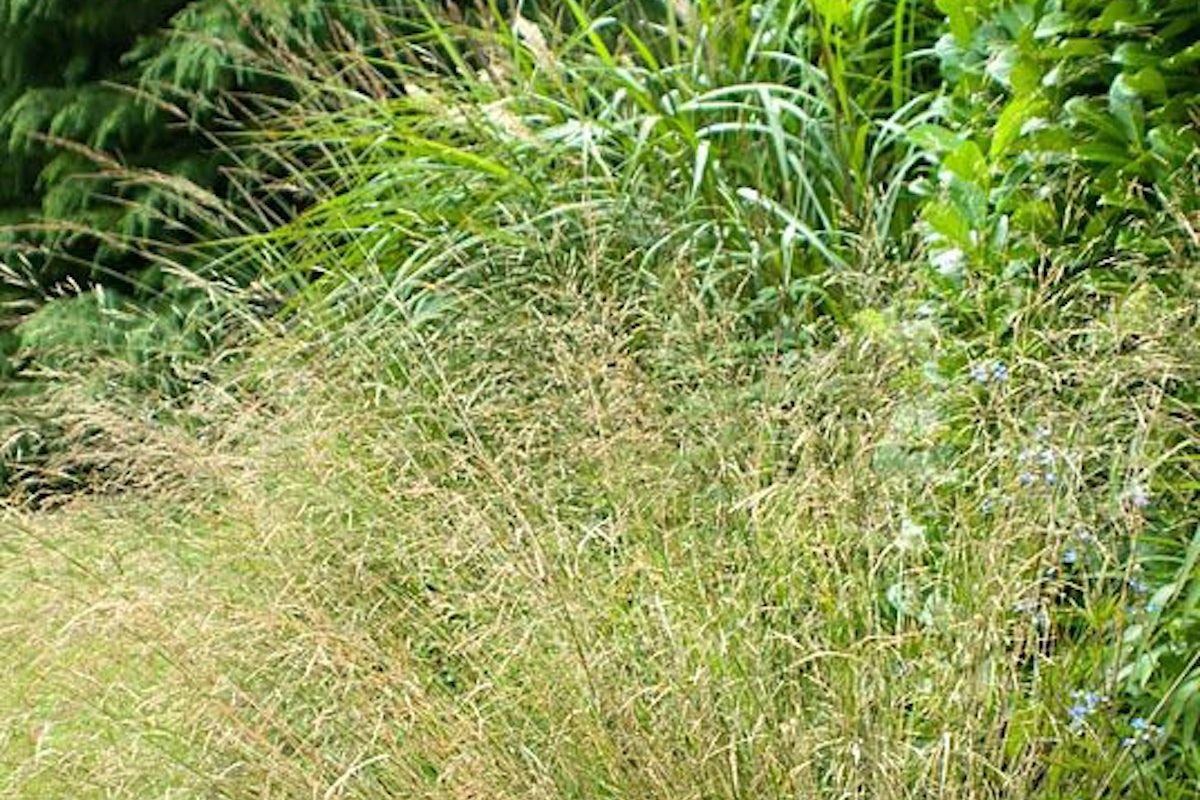Stipa extremiorientalis
Approx. 0.5 litre pot
About this cultivar:
Stipa extremiorientalis produces tight clumps of broad, pale green leaves and tall, airy, arching stems with drooping loose blossom panicles, yellowish green or purplish spikelets in late summer which turn almost black. Siberia native so should be hardier than the reported H5!
Just trying this out at the moment, Looks good so far!
- Position: Full sun, partial shade
- Soil: Almost any soil that is reasonably well drained.
- Flowers: April, May, June, July, August, September, October, November
- Other features: -
- Hardiness: H5 - Hardy in most places throughout the UK even in severe winters (-15 to -10°C), Fully hardy, grows well in Ballyrobert
- Habit: Clump forming, tufted
- Foliage: Deciduous
- Height: 105 - 135 cm (3.5- 4.5 ft)
- Spread: 45- 75 cm (1.5 - 2.5 ft)
- Time to full growth: 2 to 5 years
- Plant type: Herbaceous Perennial, Grass like
- Colour: Green, yellow
- Goes well with: -
About this genus:
Stipa (sty-pa) is a genus of around 300 large perennial hermaphroditic grasses collectively known as feather grass, needle grass, and spear grass. They are placed in the true grass family (Poaceae). It gets its name from the latin stuppa, meaning tow, in allusion to the silkiness of the flower spike.
Many species are important forage crops. Several species are used as ornamental plants. One species, esparto grass (Stipa tenacissima), is used for crafts and extensively in paper making.
Species of the genus Stipa can occur in grasslands or in savanna habitats. Certain specific prairie plant associations are dominated by grasses of the genus Stipa, which genus often lends its name to the terminology of some prairie types. In some areas of the western USA grasses of the genus Stipa form a significant part of the understory of Blue Oak savannas, and were even a more important element prehistorically before the invasion of many European grasses - the grass grown on sports fields and lawns in the USA is not native there!
Despite this prairie background many Stipa cultivars grow well on these islands - even in part-shade, wet areas. Try combining them with other praire style plants- Astrantia, Achillea etc. We also think they look great with Stachys and Roses.


